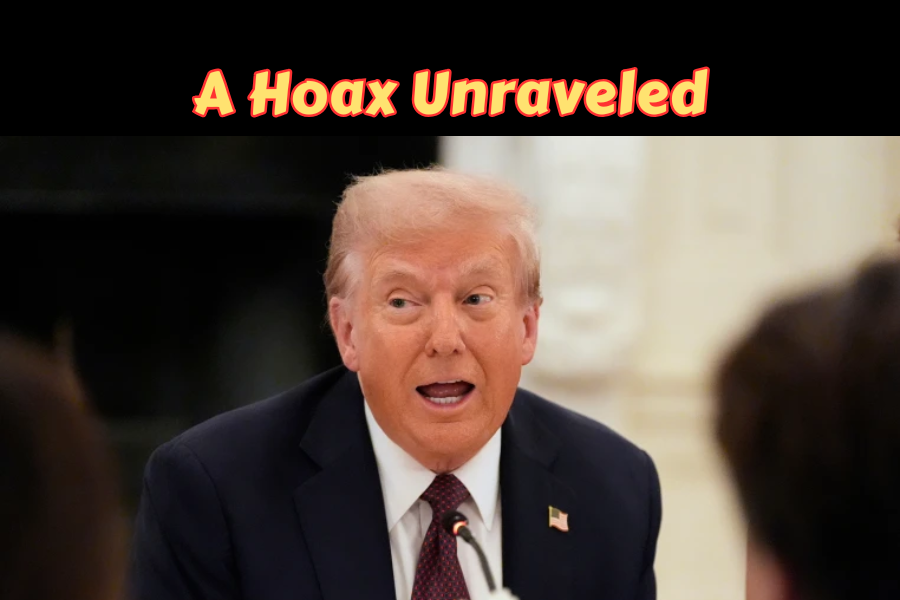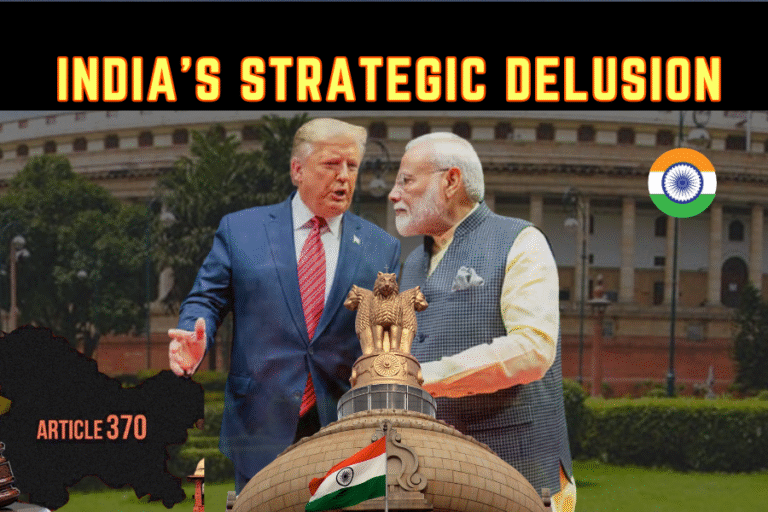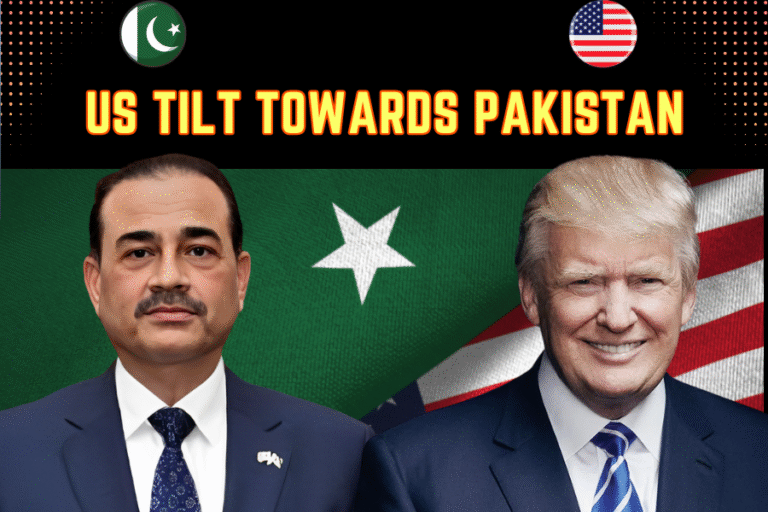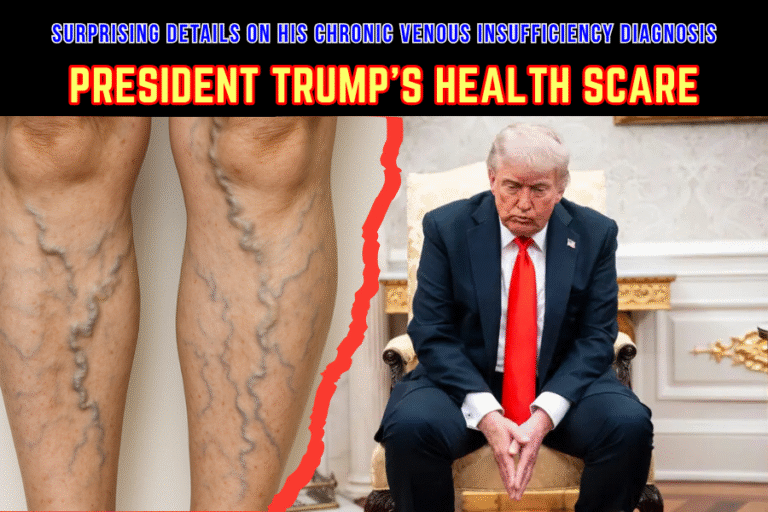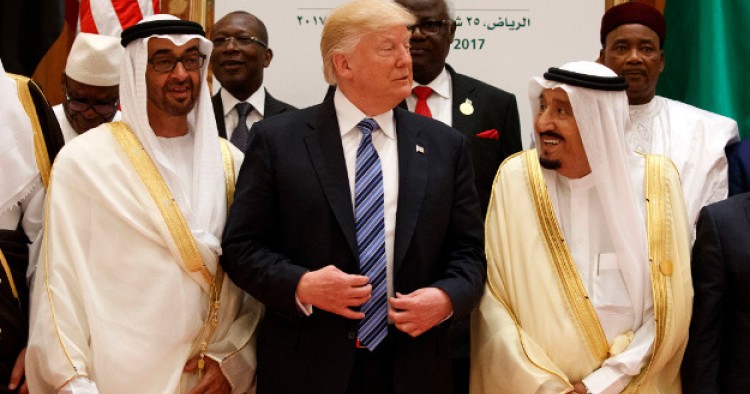(By Ayesha Mahnoor)
In the hyper-connected world of social media, rumors can spread like wildfire, often fueled by a mix of absence, misinformation, and political polarization. Over the Labor Day weekend in late August 2025, speculation about President Donald Trump’s health reached a fever pitch, with viral claims suggesting he had died or was gravely ill. Hashtags like #TrumpIsDead trended on platforms such as X (formerly Twitter) and TikTok, amassing millions of views and spawning countless memes, conspiracy theories, and even betting markets. The President’s six-day absence from public view—unusual for a figure known for his relentless visibility—sparked the frenzy, amplified by old photos and cryptic comments from allies. Trump swiftly dismissed the rumors upon his return, calling them “crazy” and attributing them to “fake news,” but the incident highlighted the fragility of truth in an era dominated by digital speculation.
The Spark: How the Rumor Began
The rumors originated from a combination of Trump’s uncharacteristic silence and pre-existing concerns about his health. On August 26, 2025, Trump was last seen publicly golfing, but subsequent White House communications relied on potentially outdated footage, leading skeptics to question its authenticity. By August 30, social media users began noticing visible bruises on his hand and a swollen ankle in circulated images, which some claimed indicated a serious medical issue like a heart attack or stroke. Vice President JD Vance’s comments during an interview, where he stated he was “ready to step in if tragedy strikes,” were interpreted by conspiracy theorists as a hint of impending doom, further fueling the fire.
Platforms like X became hotbeds for the speculation. Posts with claims such as “Trump’s sudden disappearance is unprecedented” garnered thousands of likes and reposts, while TikTok videos edited with dramatic music overlaid old clips to suggest a cover-up. One viral thread on X alleged that roads to Walter Reed National Military Medical Center were blocked, implying a medical emergency, though this was debunked as unrelated traffic issues. Russian state TV commentator Vladimir Solovyov even weighed in, claiming “Trump is gone,” adding an international layer to the domestic buzz. Betting platforms like Polymarket saw odds on Trump’s resignation dip below 1%, reflecting public skepticism but also the rumor mill’s influence on financial speculation.
The absence of official statements from the White House during the holiday weekend exacerbated the situation. Critics pointed out that Trump’s team posted old photos, which only intensified doubts about his well-being. This vacuum allowed misinformation to thrive, a pattern seen in previous political hoaxes but amplified by the polarized 2025 political climate.
Major Events in the Rumor’s Spread
The timeline of the rumor unfolded rapidly over the weekend. On August 30, initial posts on X questioned Trump’s whereabouts, with users noting his lack of rallies or speeches—an anomaly for the 79-year-old president known for his high-energy public persona. By September 1, #TrumpIsDead was trending, with memes depicting everything from AI-generated cartoons predicting his demise to edited videos suggesting a body double had replaced him. TikTok amplified the hoax through short clips analyzing “clues” like the bruised hand from an August photo, which some claimed indicated venous issues or a fall.
On September 2, the White House announced a 2 p.m. ET press conference, which many interpreted as confirmation of bad news, further spiking speculation. Russian commentator Solovyov fueled international rumors by declaring “Trump is gone” on state TV, tying it to health concerns. Social media influencers and conspiracy accounts, such as those on X, spread claims of a “venous condition” or heart attack, with one post alleging “the silence from his team is the loudest confirmation.” Even betting markets reacted, with brief spikes in odds related to Trump’s health.
The hoax’s viral nature was evident in its reach: millions of views on TikTok and X, with users from the U.S. and abroad debating the rumors. Liberal-leaning accounts amplified the speculation, while conservative outlets dismissed it as a “hoax.” The event mirrored past political misinformation, such as rumors about other leaders, but Trump’s polarizing figure accelerated its spread.
President Trump’s Response
Trump addressed the rumors head-on during his September 2 press conference at the White House. Emerging live, he quipped, “I’m still here,” and called the claims “crazy” and based on “fake news.” When asked how he learned of the death rumors, Trump replied, “Really? I didn’t see that,” before emphasizing he was “very active over the weekend,” including golfing and other engagements. He dismissed health concerns, stating, “Never felt better in my life,” and attributed the speculation to “corporate media types” pushing narratives.
Trump’s team had been aware of the rumors, with sources confirming he monitored them during his absence. The announcement, initially teased as significant, turned out to be routine, but it effectively quashed the hoax. Allies like Ben Shapiro criticized media for amplifying the rumors, calling it “desperation.” Trump’s reappearance, photographed leaving for golf, was key in debunking the claims, though some skeptics persisted with “body double” theories.
The Broader Implications and Takeaways
The incident reveals the power of social media in amplifying misinformation, especially around high-profile figures. Trump’s absence, combined with pre-existing health speculations (e.g., visible bruises), created a perfect storm for conspiracy theories. It underscores how polarized politics can turn innocuous gaps in visibility into viral hoaxes, eroding public trust. Globally, similar rumors have affected leaders, but Trump’s case highlights the U.S.’s unique media ecosystem.
Key takeaways include the need for rapid official responses to combat misinformation and the role of platforms in moderating viral content. For Trump, the hoax may bolster his narrative of media bias, rallying supporters ahead of elections. As one analyst noted, such events reflect “desperation” in a divided society. In an age where truth is contested, this episode serves as a cautionary tale on the fragility of facts.
Conclusion
The 2025 Trump death hoax was a fleeting but illustrative episode of how speculation thrives in informational vacuums. Trump’s quick dismissal and public appearance put it to rest, but it leaves lingering questions about media literacy and political discourse. As viral rumors continue to shape narratives, vigilance against misinformation remains crucial in preserving democratic stability.

